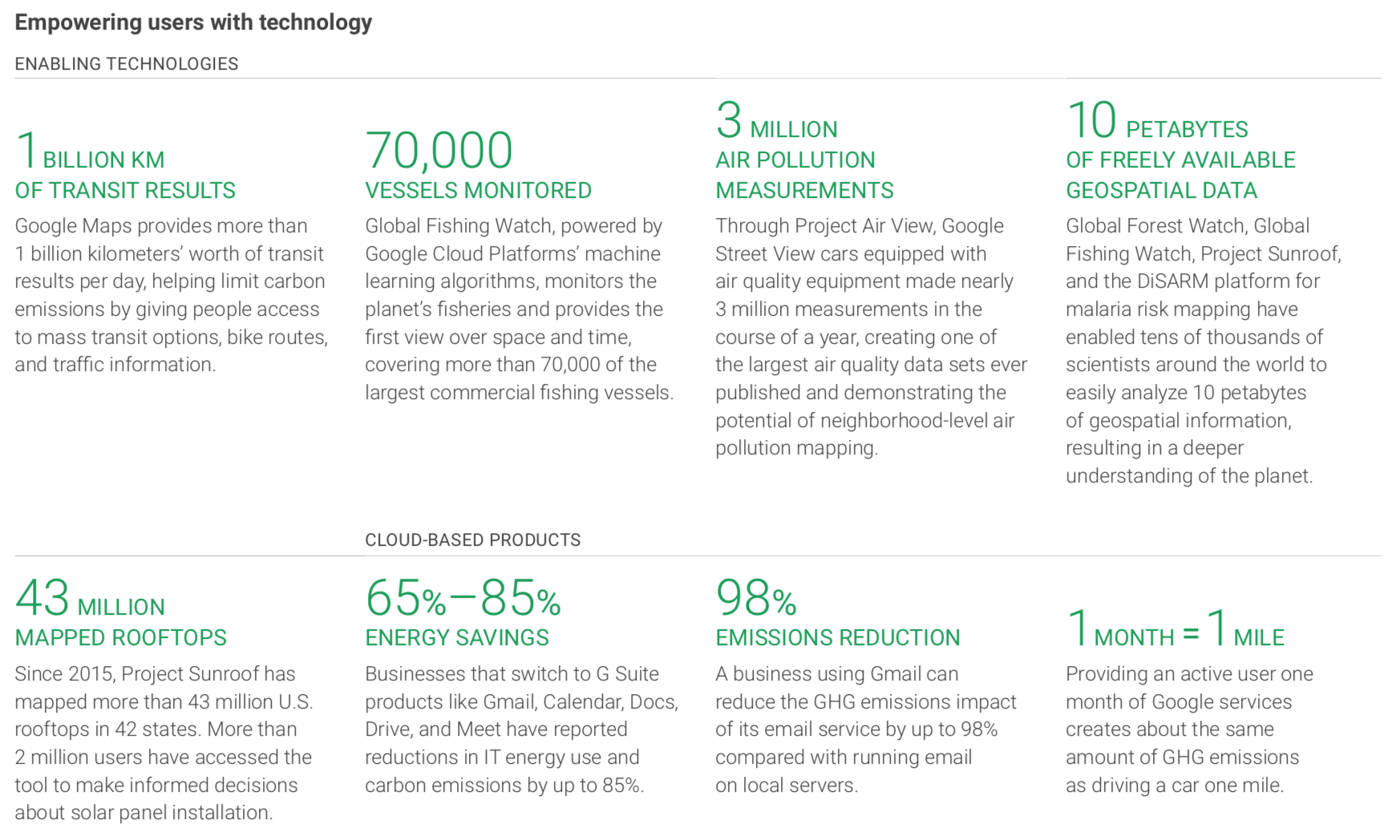Global
EN

Sustainable Computing
Apr 20, 2020 | BLOG
As the world shifts gears from an industry driven engine and embraces a service-based economy, it creates ripples that will be felt in years to come. No argument that digital transformation is truly here to stay and surrounds us in every which way. On the one hand, it is the inflection point in our business life on either side of which companies will rise or fall. But in parallel, it requires us to be accountable for our actions today to ensure a better tomorrow. I’m specifically addressing the need to thread together a strategy for sustainable computing.
It is a given that technology will shape our future. But the question remains – whilst technology will have the strongest influence, what are the repercussions on our finite resource pool. Most organisations I speak to believe this is a classic Catch 22. To solve the challenges ahead, the world needs greater compute. In parallel, this compute is hungry for more horsepower so compute build out and power consumption go hand in glove.
Swedish researcher Anders Andrae claims
datacentres will consume 20% of
global power resources by 2025*
The claim by Anders Andrae is not a comforting thought. The maths is stacked against us but it doesn’t have to be. The choice sits between making computing more efficient or use resources that are replenish-able. The magic wand for greater processing power is on the distant horizon in the shape of quantum computing. It will bring with it unheralded compute at a fraction of the power consumption. But, the roadmap is a decade out and plans to democratise this technology is still a question mark. Whilst we wait for quantum computing to become mainstream, it is time to take stock of what is gradually becoming an environmental problem.
Firstly, every organisation needs to build a sustainable tech strategy to ensure that as they grow their business, they offset the impact on their environment. An increasingly popular trend is the outsourcing of compute needs to hyperscale cloud providers with a carbon neutral footprint.
Case in point is Google Cloud who have a very impressive environmental strategy –
Google has been carbon neutral since 2007 – for the past 11 years. They are the only cloud vendor to go 100% renewable on all global operations. As the largest corporate buyer of renewable energy in the world, their renewable energy bill is 2.6 GW – the sum total of the next 4 hyper-scale providers. They use machine learning to optimise data centres and maximise performance per watt to reduce unnecessary data centre build outs.

And as we can see, small changes go a long way. The appropriate use of building materials such as reclaimed wood for office spaces Vs new wood to reduce on deforestation, harvesting of rainwater from roof-tops for waste water needs or creating strict policy to use only 100% Red list -free materials.
Seeing this approach gives me the confidence that compute and power needn’t be at the expense of one or the other. Not to forget, a sustainable business strategy generates enormous good will in the minds of consumers and enterprise buyers. If moving workloads to a carbon-neutral cloud vendor reduces the global carbon footprint of a large organisation, then all other factors remaining equal, this makes a strong case to invest with them. For example, organisations that have complex supply chains and large manufacturing facilities should be queueing to offset their carbon footprint. If you are one of them, start by demanding your digital infrastructure be powered by renewable and clean sources of electricity.
Add to this, the falling prices of renewable energy is very timely as the cost parity is reinforced by hedging against price rises from fossil fuels. Finally, organisations get to build and showcase a brand that is ecologically conscious and reflects the maturity of a long-term sustainable business.
In short, go digital, but stay sustainable. And ask yourself – how long before your organisation is 100% carbon neutral?
“Research from the Lawrence Berkeley National Laboratory suggests that if all office workers in the United States moved their email and documents to the cloud,
it would reduce IT energy use by up to 85%”
About the author(s)

 Go back
Go back

